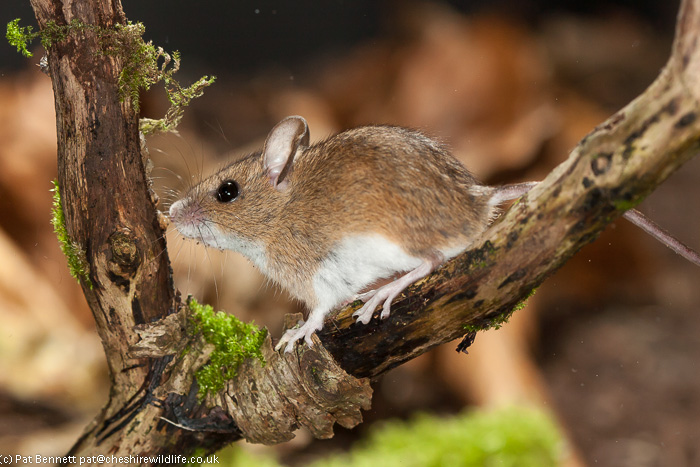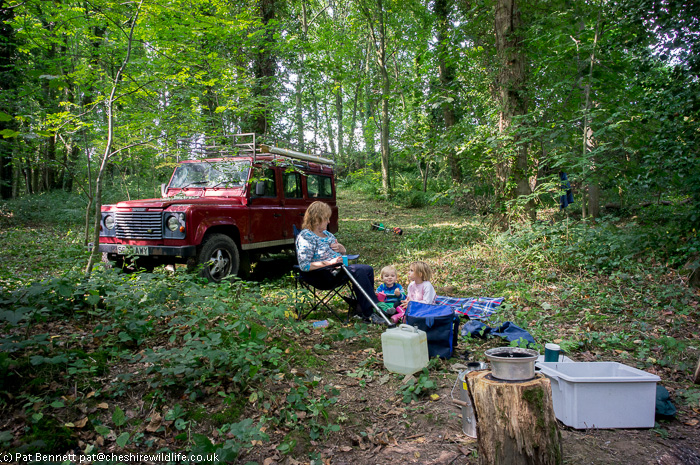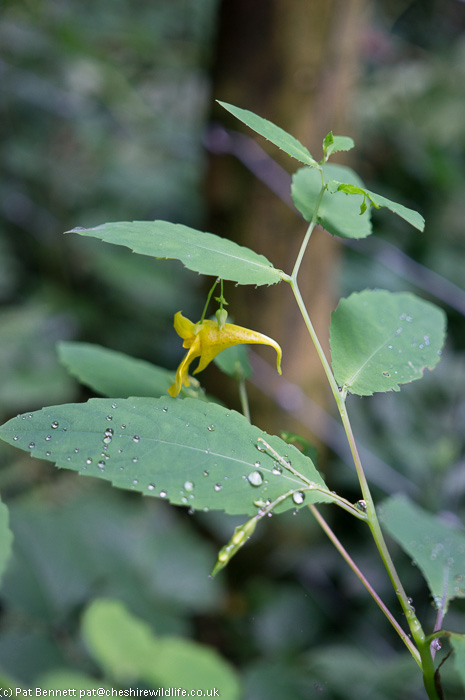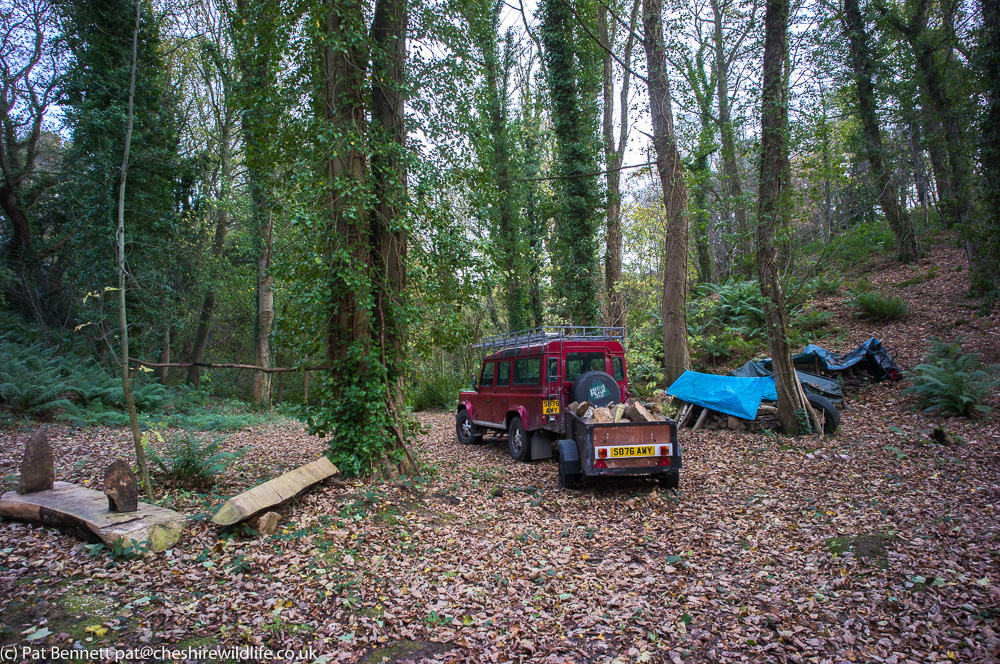
I cut the branchwood from the sycamore felled last autumn into long logs, and stacked it under a tarpaulin to dry. It is now suitably dry for firewood, and recently I have brought three trailer loads home, the last one just before Christmas, and I expect that will keep us warm for the rest of the winter.
I had cut up some of the larger boughs into rings, and when I got home,I broke them up into chunks with my felling axe, which seemed to cope better with knotty rings than the maul. After swinging the axe for some time, I took a break, and looked at some of the pieces of newly split firewood. On a whim, I took a piece into the garage, gripped it in my vice and started planing a surface, just to see what it looked like.
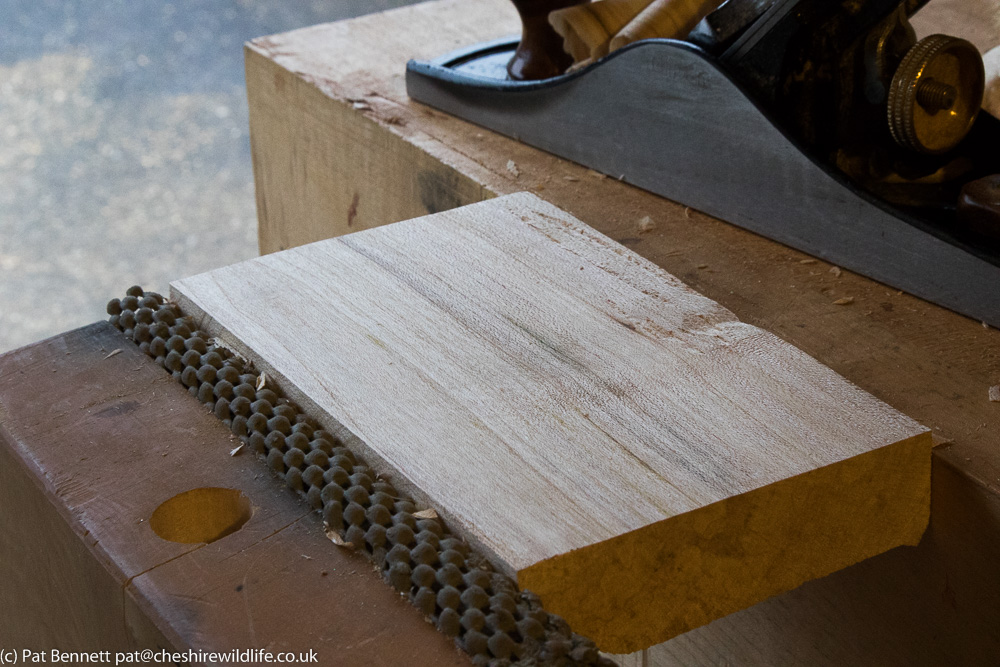
As I flattened the surface, the grain revealed itself, showing the subtle swirls and dramatic knot structures that trees construct during their life. There were also areas where the surface of the wood shimmered as it was rotated in the light in a way which seems to be typical of sycamore.
When I visit the wood, whatever else I am doing, I go around the camera traps and replace the memory cards with empty ones, and at home in the evening, I go through the cards on the computer, seeing what the wildlife has been up to since my last visit.
I have set up one of the cameras to look along a massive oak log lying in the northern boundary hedge. It has probably been down for decades, mouldering away, as there is no sign of the remains of its upper branches, just the massive trunk. This is a hot spot for wildlife. During the day, it is visited by rabbits and squirrels, as well as many different birds, while at night, wood mice scamper over its surface, with the occasional shrew.
We have a fox which regularly patrols the wood by day as well as by night, which has appeared on my cameras in many locations around the wood. However, it appeared on the oak log in November for the first time, at night, but as I scanned the images after my last visit, I was delighted to find this daytime shot.
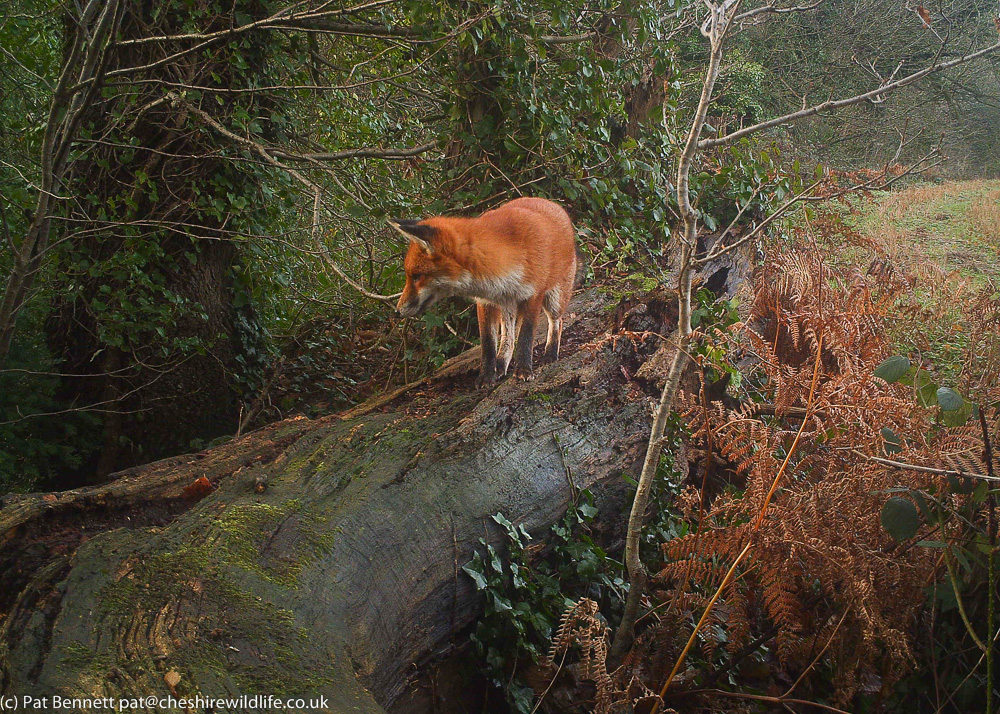
Usually, the camera traps produce images which are useful as a record of what is around, but no more. Very occasionally, they capture an image which is a gem pictorially, and this is one. In focus, in beautiful light, and a typical foxy pose, gazing down into the valley through the gap in the hedge, on the lookout for a possible lunch.
